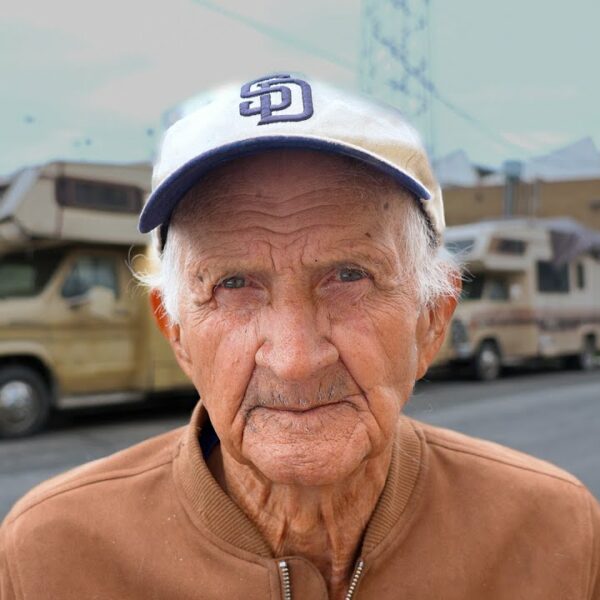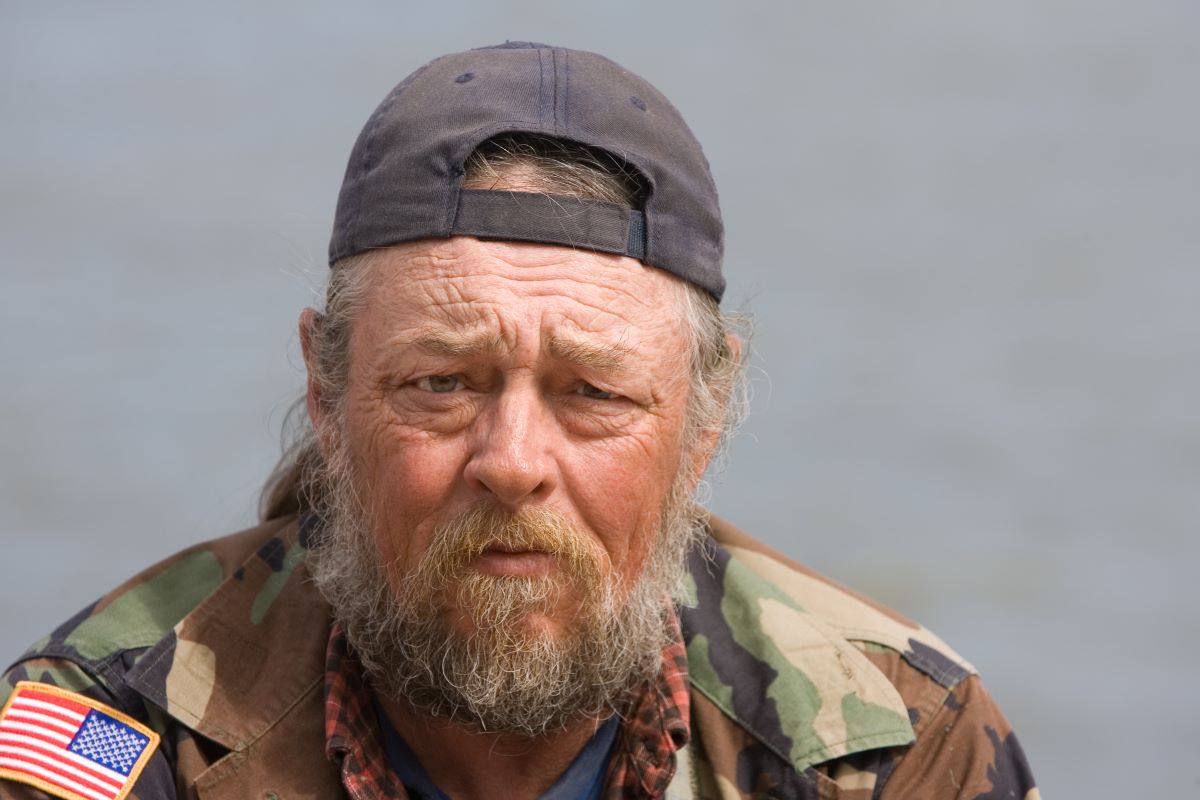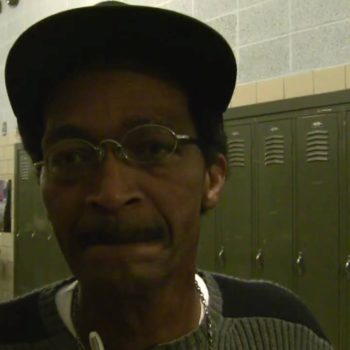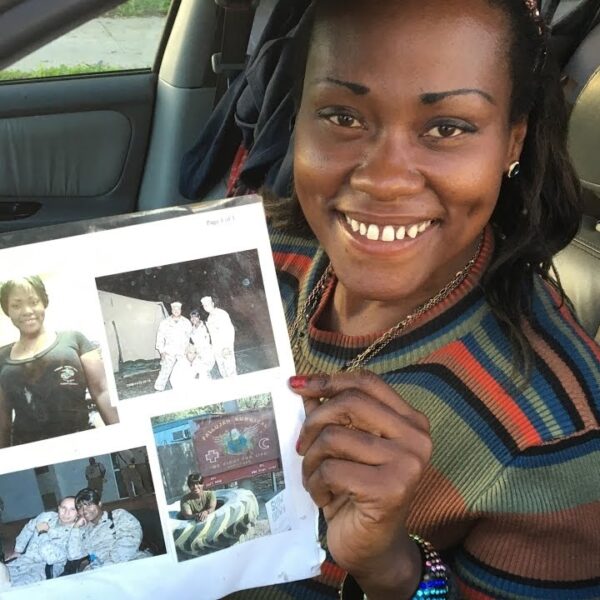An Interview with Shannon Young, a Housing, Policy, and Advocacy Expert with Community Solutions
Homelessness is a growing problem in the United States of America. The latest research shows the issue has roughly a 6% growth rate annually since 2017. This is an even more significant number than initially perceived by the PIT Count.
Annual tallies of homelessness collected by the University of Chicago show that millions of people become homeless each year. This includes the hundreds of thousands of visibly homeless people counted on any given January night.
One of the most troubling subsets within the homeless community is veteran homelessness, the US soldiers who are 50% more vulnerable to homelessness than people who have never enlisted in the armed forces.
Today, we had the opportunity to discuss the issue of veteran homelessness with Shannon Young, a housing, policy, and advocacy expert who has worked with esteemed nonprofits like Community Solutions. She filled us in on some aspects of the Biden Administration’s $3.1 billion investment into ending homelessness.
Shannon possesses a wealth of knowledge on the subject matter. She currently holds a master’s degree in public health and is drawing from 15 years of hands-on experience. Her research and viewpoints have appeared in popular publications like the New York Times, and the data she and her colleagues collected have served to help reduce veteran homelessness in regions like Detroit.
In her exclusive interview with Invisible People, she spoke of her aspirations to end veteran homelessness and homelessness in general through data, funding, and bipartisan support. Here are the highlights.
Invisible People: The Biden administration recently announced a $3.1 billion investment into ending homelessness. What are your thoughts on how this will affect the veteran homeless community and, on a broader level, the entire unhoused population?
Shannon Young: I think this investment shows that veteran homelessness, and homelessness in general, are not only solvable but are also a focus of the Biden administration. Their commitment to achieving the goal of reducing homelessness by 25% by 2025 is evident through this funding.
Some of that $3.1 billion will go to continuums of care to provide services intended to reduce homelessness. And then, in addition to those investments, I was excited to see some of the investments being made into reducing veteran homelessness.
Invisible People: Can you give some examples of the investments being made toward veteran homelessness specifically?
Shannon Young: One key example is providing legal services for veterans to help prevent eviction and help veterans obtain public benefits. At Community Solutions, we promote and support laws around good cause eviction and the right to counsel because they have been proven to prevent evictions and promote housing stability.
Another program that they’re looking at involves new efforts to quickly rehouse veterans. HUD and the VA will be working together with communities to do what they’re calling boot camps to help public housing agencies and VA medical centers improve their processes and more quickly move people into housing.
This is extremely important because right now, according to HUD, there are actually over 30,000 unused vouchers set aside for veterans, which is around 28% of the total vouchers currently allocated. And when you look at the 2022 pit count, there were, according to that count, 33,136 veterans experiencing homelessness. Therefore, better utilization of these vouchers could provide permanent housing to a sizeable majority of all veterans experiencing homelessness in the United States.
In general, people may not be aware that there are these resources available. We saw in 2015, that when the VA Secretary made HUD-VASH a top priority, utilization went up to over 90% of the allocated vouchers. That happened in 2016. If we could put forward that effort again, we could really get close to ending veteran homelessness.
Invisible People: Regarding anticipation of the impact of the funding, how do you see this working moving forward?
Shannon Young: Our data is telling us that our approach of having that quality by name data of getting the right people in the room and improving coordination really is achieving impact in terms of reducing veteran homelessness.
For example, in Detroit and Denver, they’ve reduced veteran homelessness by 48% and 31%, respectively, compared to the 11% national average from 2020 to 2022 nationwide.
We hope these investments in ending veteran homelessness will be coupled with investments in data-backed approaches and in creating what we call a “by-name list” to help more communities do the same.
Because we do see that in the communities that are implementing these interventions as far as the trajectory of veteran homelessness goes, the slope of decline is steeper when it’s compared with the national average.
Invisible People: How are you quantifying all the data to determine which programs are working and which programs need work?
Shannon Young: We work with communities and have a system called the Homeless Management Information System. And that is required by the federal government to track people who have participated in federally financed programs.
From that system, we work with communities to be able to create a by-name list data set. That is meant to be inclusive of everyone experiencing homelessness, not just those who are accessing federally funded programs. And then we track a series of measures that we think really paint the picture of what’s going on in a community.
We track inflow, which is people who are coming into homelessness. We track whether these are people coming into homelessness for the first time or returning to homelessness, which can tell us important things about how the system is working.
We track actively homeless people, and then we track what we call the outflow, which is people who are either leaving homelessness to go into a housing placement or people who have left the system for another reason. Lastly, we also track the length of time from identification of a person to housing because that’s another measure of the efficiency of how the system works.
Invisible People: Could you give us some background on the Built for Zero Initiative and how it impacts data and funding?
Shannon Young: Built for Zero, in a nutshell, is a movement comprised of around 105 communities nationwide trying to create a lasting end to homelessness. These communities range from urban to rural, from the West Coast to the East Coast. They are working to set a goal of making homelessness rare, brief, and non-recurring and then pulling together all the stakeholders they need to achieve that goal.
Part of the program revolves around putting the data and information systems in place to be able to count every person experiencing homelessness and to be able to monitor progress toward their goal on at least a monthly basis.
We’re finding that many communities are having success by implementing procedures that approach homelessness as a solvable systems problem.
We’ve had 14 communities make veteran or chronic homelessness rare and brief. We’ve had 44 communities achieve a measurable reduction in homelessness for at least one population. And then 64 communities have achieved that quality real-time data, which has enabled them to know everyone experiencing homelessness by name in real-time, and with quantitative reliability to measure progress towards results.
Invisible People: The $3.1 billion is for everyone experiencing homelessness, right? And then you have certain things set aside expressly for veteran homelessness.
Shannon Young: Right. As of right now, there are three veteran-specific callouts. They are legal representation/legal services, connecting veterans with jobs, and the program mentioned above, which is aimed at quickly rehousing veterans. Then, the $3.1 billion under the Continuum of Care program is for all people experiencing homelessness, including veterans.
Invisible People: What are some of the factors you’ve seen that have helped the communities you work with reduce veteran homelessness?
Shannon Young: One is a strong commitment at the community level. Communities like Detroit exemplify the strong partnerships that you need to make between, for example, the continuum of care and the VA. Another component is that they’re aligned with driving veteran homelessness toward zero at the national level.
We also see Congress with strong bipartisan support toward ending veteran homelessness. That strong, bipartisan commitment has been a key component.
Then, there’s the ability to ensure that every veteran is accounted for. Communities need to be able to understand every veteran who’s experiencing homelessness so that they can promptly connect that veteran to support.
Thirdly, I would say, and incidentally, this is one of the reasons I’m excited about some of the investments in the rehousing efforts, is that you need an ability to connect veterans to the resources they need and to cut through some of the inefficiencies that sometimes exist in the system that result in veterans having to wait a long time between being identified to being matched with housing.
All of these components combined can become a recipe for success statewide and on a national level.
There is $3.1 Billion in Veteran Homeless Funding on the Table. Urge Your Legislators to Utilize it Toward Non-Punitive Solutions to Homelessness
At least $3.1 billion is currently allocated toward reducing homelessness for former soldiers and citizens nationwide. Please urge your local legislators to ensure that money goes toward things like eviction reduction, connecting veterans to services, building and distributing permanent, affordable housing, and legislation that would make housing a human right for all.













